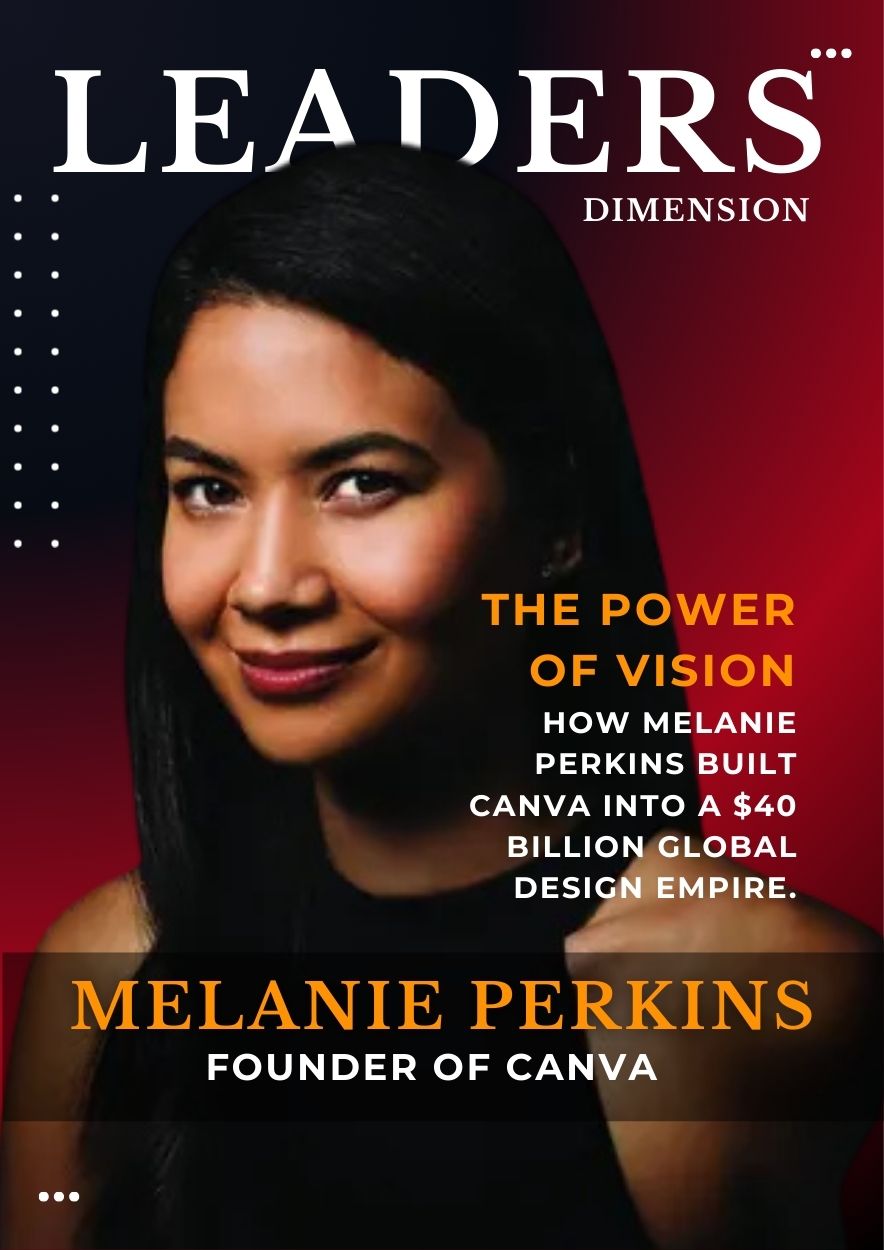Middle East's Largest Sovereign Wealth Funds: A Gateway to Capital for Hedge Funds and Asset Managers
The Middle East is home to some of the world's most influential sovereign wealth funds (SWFs), which play a critical role in global finance. These funds, established by oil-rich nations, manage and invest state revenue, primarily derived from energy exports, to ensure long-term economic stability and growth.

For hedge funds and asset managers seeking capital, these sovereign wealth funds represent substantial and strategic partners. This article explores the largest sovereign wealth funds in the Middle East, their investment strategies, and how hedge funds and asset managers can position themselves to attract capital from these financial giants.
What are Sovereign Wealth Funds?
A sovereign wealth fund is an investment fund owned by the state that is mostly made up of government-generated capital, frequently taken from the surplus reserves of the nation. SWFs are advantageous to the people and economy of a nation. A sovereign wealth fund may get financing from a number of different sources.
Common sources include trade surpluses, bank reserves built up via over-budgeting, foreign exchange operations, money from privatizations, surplus reserves from state-owned natural resource revenues, and government transfer payments.
The Role of Sovereign Wealth Funds
Sovereign wealth funds are state-owned investment funds or entities that manage a country's reserves. Their primary goals include stabilizing the national economy, diversifying income streams away from oil dependency, and ensuring wealth preservation for future generations. These funds are pivotal in global finance, providing liquidity and stability to markets. They invest across a wide array of asset classes, including equities, fixed income, real estate, infrastructure, and increasingly, hedge funds and alternative investments.
Middle Eastern Sovereign Wealth Funds
Here, we delve into the five largest sovereign wealth funds in the Middle East that are actively investing in hedge funds and asset management firms.
1. Abu Dhabi Investment Authority (ADIA)
Assets Under Management (AUM): $993 billion
Country: United Arab Emirates
Overview:
The Abu Dhabi Investment Authority (ADIA) is one of the largest and most influential sovereign wealth funds in the world. Established in 1976, ADIA's mission is to secure and sustain the future prosperity of Abu Dhabi by prudently investing the emirate's excess oil revenues. ADIA’s investment strategy is based on a disciplined and diversified approach, with a strong emphasis on long-term growth and risk management.
Investment Strategy:
ADIA’s portfolio spans across more than two dozen asset classes and sub-categories, including public equities, fixed income, real estate, private equity, infrastructure, and alternatives. The fund has a dedicated Alternatives Department that focuses on hedge funds, private equity, and other alternative investments. ADIA’s approach to hedge fund investments is characterized by a rigorous selection process, seeking managers with proven track records, robust risk management frameworks, and alignment of interests.
Recent Developments:
ADIA has been increasing its allocation to alternative investments, recognizing the potential for higher returns and diversification benefits. The fund has been particularly interested in strategies that can perform well in volatile market conditions, such as long/short equity, event-driven, and macro hedge funds. ADIA also seeks to invest in emerging managers and niche strategies that offer unique alpha generation opportunities.
2. Public Investment Fund (PIF)
Assets Under Management (AUM): $978 billion
Country: Saudi Arabia
Overview:
The Public Investment Fund (PIF) is the sovereign wealth fund of Saudi Arabia, established in 1971. It is a central pillar of the Kingdom's Vision 2030, a comprehensive plan to diversify the economy away from oil dependency and develop various sectors, including technology, infrastructure, tourism, and entertainment. PIF's mandate is to drive the diversification and transformation of the Saudi economy through strategic and impactful investments.
Investment Strategy:
PIF invests across multiple asset classes, including public and private equities, real estate, infrastructure, and alternatives. The fund has a keen interest in hedge funds and other alternative investments as part of its strategy to achieve superior risk-adjusted returns. PIF’s approach to hedge fund investments is to partner with top-tier managers who have demonstrated expertise in navigating complex market environments and generating consistent alpha.
Recent Developments:
PIF has been actively expanding its global investment footprint, targeting opportunities in technology, healthcare, renewable energy, and other high-growth sectors. The fund has also been increasing its exposure to hedge funds, focusing on strategies that can provide downside protection and enhance portfolio diversification. PIF’s recent hedge fund investments include allocations to global macro, multi-strategy, and equity long/short funds.
3. Qatar Investment Authority (QIA)
Assets Under Management (AUM): $510 billion
Country: Qatar
Overview:
The Qatar Investment Authority (QIA) was established in 2005 to manage the surplus revenues generated from the country’s vast oil and natural gas reserves. QIA aims to secure and grow Qatar’s financial assets for future generations by investing in a diversified global portfolio. The fund’s investment philosophy is rooted in long-term value creation and risk management.
Investment Strategy:
QIA invests in a broad range of asset classes, including public equities, fixed income, real estate, infrastructure, and alternatives. The fund has a growing interest in hedge funds and other alternative investments to enhance returns and manage risk. QIA’s approach to hedge fund investments involves partnering with leading managers who have a strong track record of performance and a robust risk management framework.
Recent Developments:
QIA has been increasingly focusing on alternative investments, recognizing their potential to deliver higher returns and provide diversification benefits. The fund has been particularly interested in strategies that can perform well in various market conditions, such as global macro, multi-strategy, and event-driven hedge funds. QIA has also been exploring opportunities in emerging markets and niche strategies that offer unique alpha generation potential.
4. Investment Corporation of Dubai (ICD)
Assets Under Management (AUM): $360 billion
Country: United Arab Emirates
Overview:
The Investment Corporation of Dubai (ICD) is the principal investment arm of the Government of Dubai. Established in 2006, ICD manages a diversified portfolio of investments in both local and international markets. The fund’s mission is to generate long-term financial returns and support Dubai’s economic development.
Investment Strategy:
ICD’s portfolio includes a wide range of asset classes, such as public equities, fixed income, real estate, infrastructure, and alternatives. The fund seeks opportunities in hedge funds to achieve stable, long-term returns and support Dubai’s economic diversification goals. ICD’s approach to hedge fund investments is to partner with top-tier managers who have demonstrated expertise in navigating complex market environments and generating consistent alpha.
Recent Developments:
ICD has been actively seeking to expand its exposure to alternative investments, including hedge funds. The fund is particularly interested in strategies that can provide downside protection and enhance portfolio diversification. ICD’s recent hedge fund investments include allocations to global macro, multi-strategy, and equity long/short funds.
5. Mubadala Investment Company
Assets Under Management (AUM): $302 billion
Country: United Arab Emirates
Overview
The Mubadala Investment Company, established in 2002, operates with a global mandate to generate sustainable financial returns for the Abu Dhabi government. Mubadala’s investment strategy is driven by innovation and economic diversification, with a focus on creating long-term value and positive societal impact.
Investment Strategy
Mubadala’s portfolio spans a wide range of asset classes, including public equities, fixed income, real estate, infrastructure, and alternatives. The fund has a strong focus on hedge funds and other alternative investments as part of its strategy to achieve superior risk-adjusted returns. Mubadala’s approach to hedge fund investments involves partnering with leading managers who have a strong track record of performance and a robust risk management framework.
Recent Developments:
Mubadala has been increasingly focusing on alternative investments, recognizing their potential to deliver higher returns and provide diversification benefits. The fund has been particularly interested in strategies that can perform well in various market conditions, such as global macro, multi-strategy, and event-driven hedge funds. Mubadala has also been exploring opportunities in emerging markets and niche strategies that offer unique alpha generation potential.
Attracting Investment from Middle Eastern Sovereign Wealth Funds
For hedge funds and asset managers, attracting investment from these large Middle Eastern sovereign wealth funds requires a strategic approach. Here are some key considerations:
1. Demonstrate Strong Performance and Risk Management
Sovereign wealth funds place a high emphasis on performance and risk management. Hedge funds and asset managers need to demonstrate a strong track record of consistent performance, robust risk management frameworks, and alignment of interests. This includes transparent reporting, rigorous compliance, and effective governance structures.
2. Align with Strategic Goals
Each sovereign wealth fund has its own strategic goals and investment priorities. Hedge funds and asset managers should tailor their pitches to align with these goals, highlighting how their strategies can help achieve the fund’s objectives. For example, if a fund is focused on diversification and downside protection, hedge funds with global macro or multi-strategy approaches may be particularly attractive.
3. Build Relationships and Networks
Building strong relationships and networking with key decision-makers at sovereign wealth funds is crucial. This can involve attending industry conferences, participating in panel discussions, and engaging with investment consultants who have relationships with these funds. Establishing a presence in the region and understanding the local business culture can also be beneficial.
4. Offer Unique and Innovative Strategies:
Sovereign wealth funds are increasingly looking for unique and innovative investment strategies that offer differentiated sources of alpha. Hedge funds and asset managers should highlight their unique value propositions, such as niche strategies, emerging market expertise, or innovative approaches to risk management.
5. Provide Local Market Insights
Having local market insights and expertise can be a significant advantage. Sovereign wealth funds value managers who understand the regional economic landscape and can provide insights into local market trends and opportunities. This can help hedge funds and asset managers build credibility and trust with these investors.
6. Emphasize ESG and Impact Investing
Environmental, social, and governance (ESG) considerations are becoming increasingly important for sovereign wealth funds. Hedge funds and asset managers that incorporate ESG factors into their investment processes and demonstrate a commitment to responsible investing can be more attractive to these investors. Highlighting impact investing initiatives and sustainable investment practices can also resonate with sovereign wealth funds.
Conclusion
The Middle East’s largest sovereign wealth funds are significant players in the global financial ecosystem, providing substantial capital to hedge funds and asset management firms seeking to expand their portfolios and achieve superior returns. By understanding the investment strategies and priorities of these funds, hedge funds and asset managers can position themselves to attract investment and build long-term partnerships with these financial giants. Demonstrating strong performance, aligning with strategic goals, building relationships, offering unique strategies, providing local market insights, and emphasizing ESG considerations are key to attracting capital from these influential investors.

 LD Web Desk
LD Web Desk 